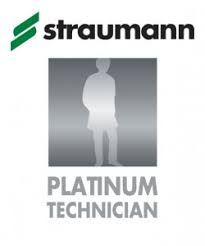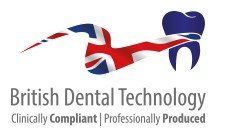sbo dental laboratory
Types of Restoration
Types of Restoration
Medium/High translucency
400MPa
When to use
The translucence provides a natural result. Full crowns or partial coverage crowns when maximum strength is required and dentine bonding is possible.
Contra Indications
Very dark teeth cannot be masked. Not recommended when minimum thickness is less than 1mm.
Bonding Technique
Dentine bonded is recommended. Cementation results in a weaker restoration.
When to use
When maximum strength is needed or when the underlying dentine is dark and needs blocking out.
Contra Indications
When the bite is very close, <0.3mm or when there is extremely limit space for bridge connectors. It is also not recommended to to use a Ti-Base on a cantilever bridge.
Bonding Technique
Conventional Cementation.
Eg Zinc Phosphate, glass ionomer.
Polycarboloxylate is not recommended due to expansion
Zirconia
Monolithic
Medium/Low tranlucency
750-1250Mpa
When to use
When maximum strength is needed or when the underlying dentine is dark and needs blocking out.
Contra Indications
Highly Aesthetic situations. In our opinion, layered zirconia always looks more natural and translucent and subtleties cannot be built into monolithic structures.
Bonding Technique
Conventional Cementation.
Eg Zinc Phosphate, glass ionomer.
Polycarboloxylate is not recommended due to expansion
Zero Translucency
circa 900Mpa
When to use
PFM is particularly suited for implant retained cantilever bridges. With a zircon Ti-base, rotational forces on the cantilever can break the bond between the framework and the ti-base.
Contra Indications
Aesthetic situations. In our opinion, layered zirconia always looks more natural and metal frameworks can lend a greyness to the restoration.
Bonding Technique
Conventional Cementation.
Eg Zinc Phosphate, glass ionomer.
It is important to note that we don't use metal containing nickel or beryllium.
Also, the layering porcelain for all restorations has the roughly the same strength. This means that no matter what the framework is composed off, porcelain is still susceptible to shearing forces.


